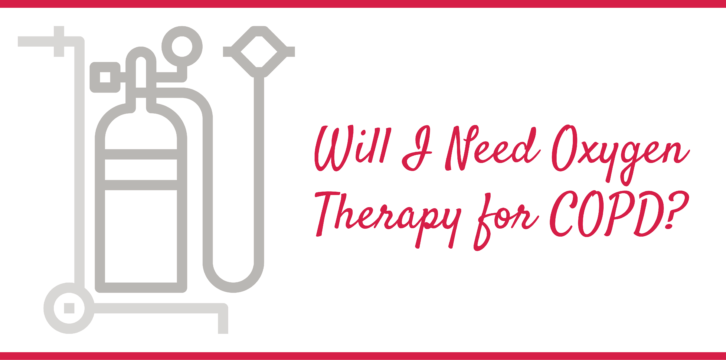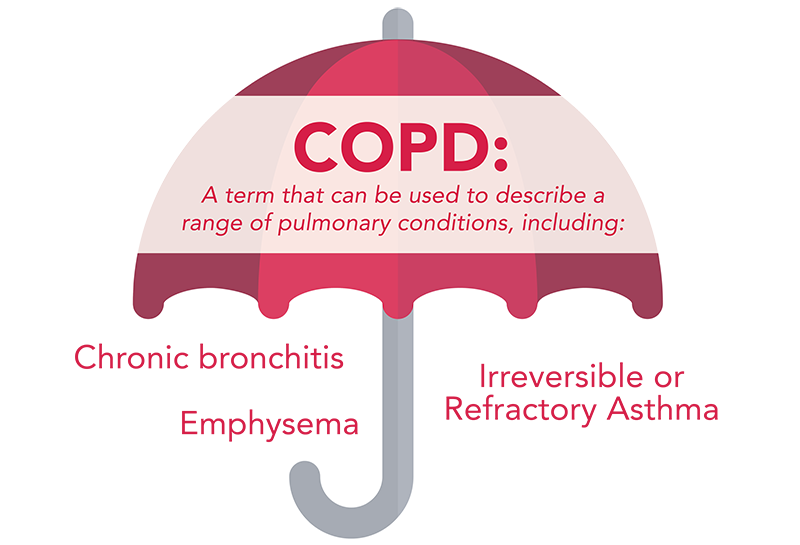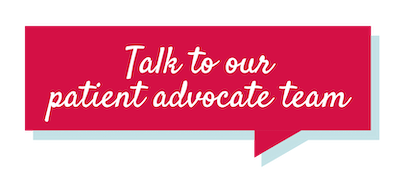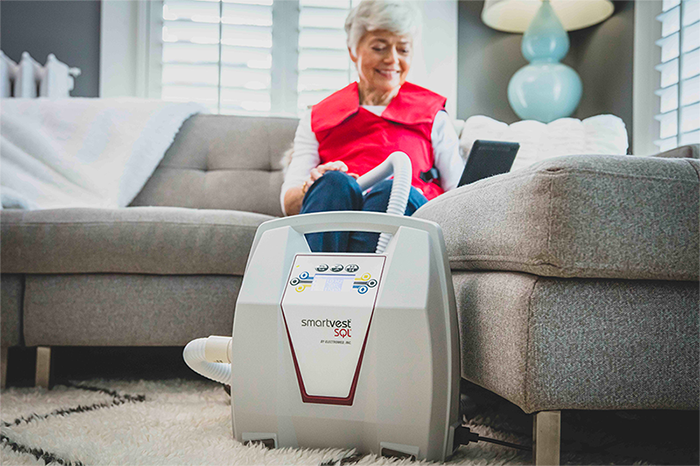
COPD (chronic obstructive pulmonary disease) is an umbrella term used to describe multiple pulmonary conditions, like “…chronic bronchitis, emphysema, and irreversible, or refractory asthma”[1] and can cause individuals to experience fatigue, mucus buildup, wheezing, and breathlessness.[2] Depending on each individual’s condition, your clinician may prescribe supplemental oxygen to help manage symptoms.
Over time, COPD can damage your lungs, which can make breathing increasingly difficult, requiring the daily use of oxygen therapy.
Why is Home Oxygen Therapy Prescribed for COPD?
Oxygen therapy is used to help patients recover from chronic symptoms and provide “additional” oxygen to their lungs.[3] When individuals experience difficulty breathing or are unable to take deeper breaths during physical activities (i.e. walking, climbing stairs, mowing the lawn, etc.), they are no longer receiving sufficient oxygen in their blood, which can affect vital organs, including the lungs, heart, and brain: “Oxygen passes into the blood from lung tissue through the alveoli, or air sacs…COPD damages the air sacs in the lungs and interferes with this process.”[4]
 Though home oxygen therapy is a common approach to treating COPD, your clinician may prescribe its usage every day, for physical activities only, or in conjunction with other medications (i.e. bronchodilators and antibiotics).[5] Again, your treatment plan will depend on the severity of your condition, as everyone will experience COPD symptoms differently and may benefit from another form of therapy.[6]
Though home oxygen therapy is a common approach to treating COPD, your clinician may prescribe its usage every day, for physical activities only, or in conjunction with other medications (i.e. bronchodilators and antibiotics).[5] Again, your treatment plan will depend on the severity of your condition, as everyone will experience COPD symptoms differently and may benefit from another form of therapy.[6]
Is Oxygen Therapy for COPD Effective?
Home oxygen therapy is considered safe and may be prescribed as a long-term treatment to help support low oxygen levels in the bloodstream, due to COPD. According to COPD News Today, the treatment is not always suitable for everyone, especially those experiencing shortness of breath.[7] You may also require a different treatment if you’re experiencing comorbid COPD and bronchiectasis symptoms.
 If you’re living with an overlap of bronchiectasis and COPD symptoms, high frequency chest wall oscillation (HFCWO) therapy may be the effective, easy-to-manage treatment plan you need to breathe easier and get back to doing the activities you enjoy.
If you’re living with an overlap of bronchiectasis and COPD symptoms, high frequency chest wall oscillation (HFCWO) therapy may be the effective, easy-to-manage treatment plan you need to breathe easier and get back to doing the activities you enjoy.
The SmartVest Airway Clearance System is an HFCWO therapy device that works by delivering repeated pulses of air that gently squeeze and release the upper body to help loosen mucus and propel it toward your larger airways, where it’s easier to cough out.
For questions about the benefits of using SmartVest or to learn about its effectiveness in relieving chronic symptoms, chat with us via the icon in the bottom right corner of your screen and request a free informational packet today!
[1] Medical News Today. “What is COPD?” Retrieved from https://www.medicalnewstoday.com/articles/327482
[2] Center for Disease Control and Prevention. “Basics About COPD.” Retrieved from https://www.cdc.gov/copd/basics-about.html
[3] American Lung Association. “Oxygen Therapy.” Retrieved from https://www.lung.org/lung-health-diseases/lung-procedures-and-tests/oxygen-therapy
[4] Medical News Today. “What to Know about COPD Hypoxia.” Retrieved from https://www.medicalnewstoday.com/articles/316136
[5] Mayo Clinic. “COPD: Diagnosis and Treatment.” Retrieved from https://www.mayoclinic.org/diseases-conditions/copd/diagnosis-treatment/drc-20353685
[6] COPD Foundation. What is COPD?” Retrieved from https://www.copdfoundation.org/What-is-COPD/Understanding-COPD/What-is-COPD.aspx
[7] COPD New Today. “Oxygen Therapy.” Retrieved from https://copdnewstoday.com/copd-treatment/oxygen-therapy/

